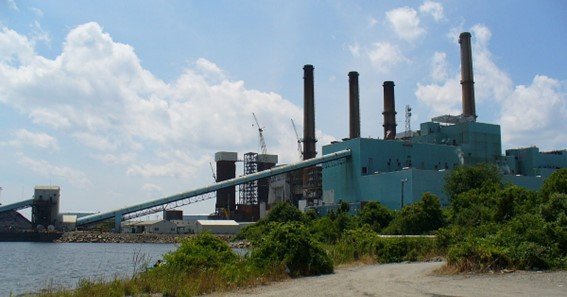Thermal pollution in rivers occurs when human activities alter the natural temperature of water bodies, usually by raising the water’s temperature. This phenomenon can drastically affect aquatic ecosystems, particularly those that rely on stable, cool temperatures. Thermal pollution is primarily caused by industrial processes, power plants, and other activities that use water for cooling and discharge warmer water back into rivers.
Causes Of Thermal Pollution In Rivers
- Power Plants and Industrial Facilities
- Power plants, especially those using fossil fuels or nuclear energy, withdraw large amounts of water from rivers to cool machinery. After absorbing heat, the water is released back into the river at elevated temperatures, disrupting the ecosystem.
- Urban Runoff
- In urban areas, rainwater can run over hot surfaces like roads and rooftops, heating up before it enters nearby rivers, contributing to thermal pollution.
- Deforestation
- When trees and vegetation along riverbanks are cleared, the natural shade that helps regulate water temperature is lost, leading to an increase in river temperatures due to direct sunlight exposure.
Impacts Of Thermal Pollution On Aquatic Life
- Decreased Oxygen Levels
- Warmer water holds less dissolved oxygen, making it harder for aquatic organisms like fish and invertebrates to survive. This can lead to the formation of “dead zones,” where oxygen levels are too low to support life.
- Algal Blooms
- The increase in temperature often encourages the growth of algae, which further depletes oxygen as they die and decompose. This can cause significant disruptions to the food chain.
- Disruption of Breeding Cycles
- Many aquatic species rely on specific temperature ranges for breeding. Changes in temperature can interfere with reproductive cycles, reducing biodiversity.
Why You Should Care
Thermal pollution affects not just aquatic ecosystems but also the quality of water resources humans depend on for drinking, fishing, and recreation. As climate change intensifies, addressing thermal pollution becomes even more urgent, as it compounds the environmental challenges that rivers and lakes face globally.
FAQ
- What is thermal pollution in rivers?
Thermal pollution in rivers occurs when human activities, such as industrial discharges, increase water temperatures, negatively impacting aquatic ecosystems. - What causes thermal pollution in rivers?
Major causes include power plant cooling systems, urban runoff from heated surfaces, and deforestation along riverbanks. - How does thermal pollution affect aquatic life?
Warmer water holds less oxygen, disrupts breeding cycles, and promotes algal blooms, all of which harm aquatic species and ecosystems. - Can thermal pollution lead to dead zones in rivers?
Yes, the reduction in oxygen levels caused by warmer water can lead to dead zones, where aquatic life cannot survive. - How can thermal pollution be reduced?
Solutions include using cooling towers in industrial plants, improving urban runoff management, and restoring vegetation along riverbanks to provide shade.










